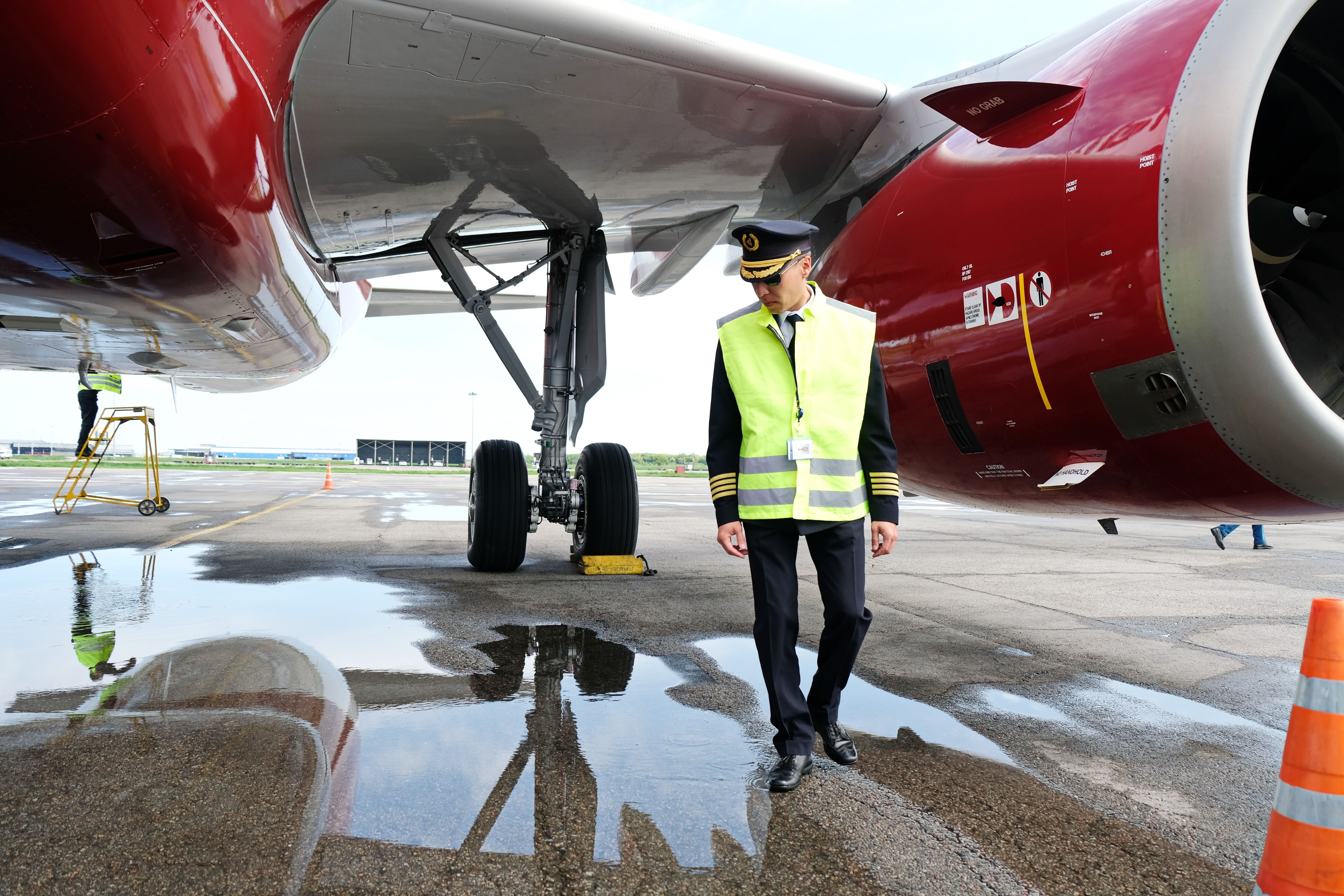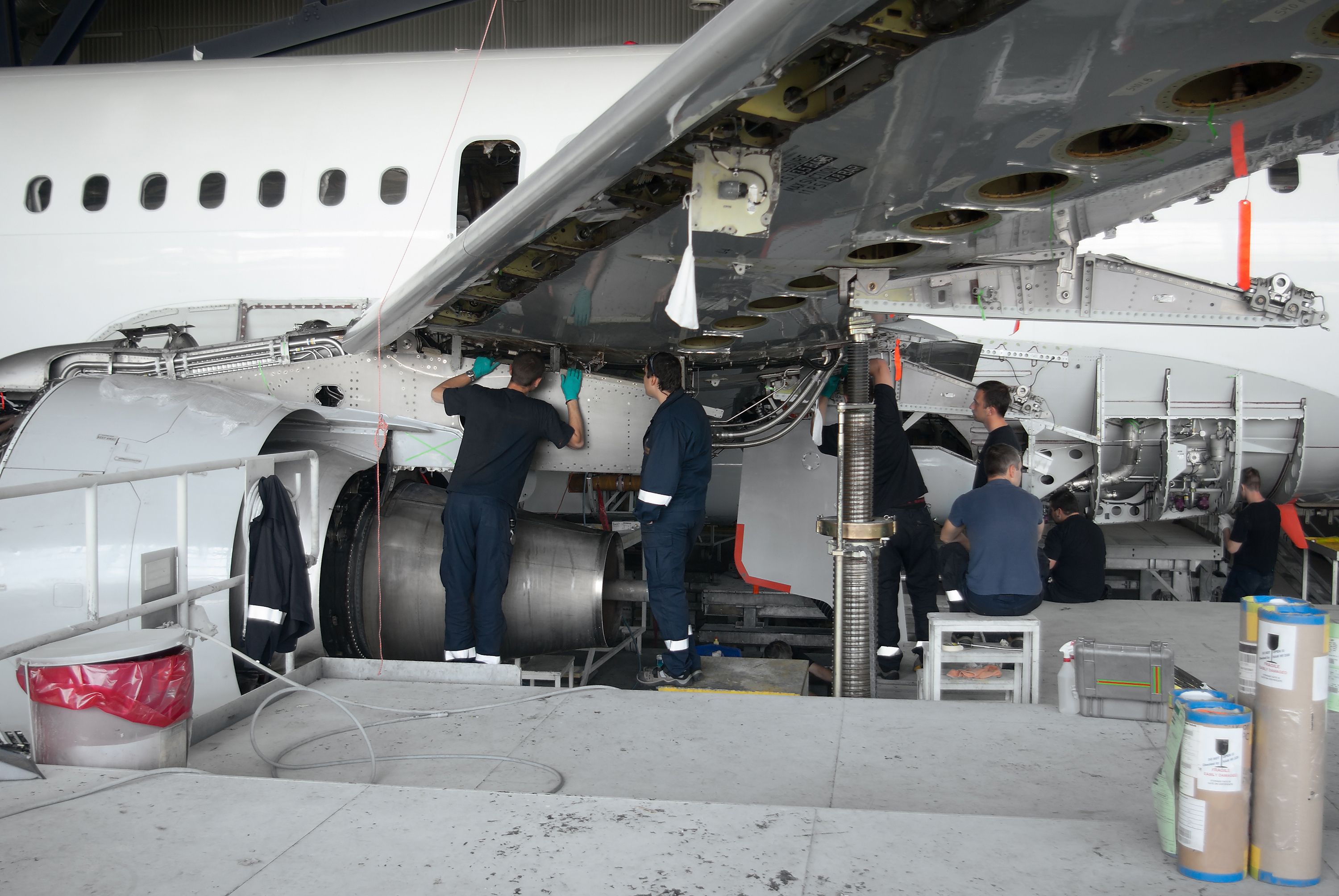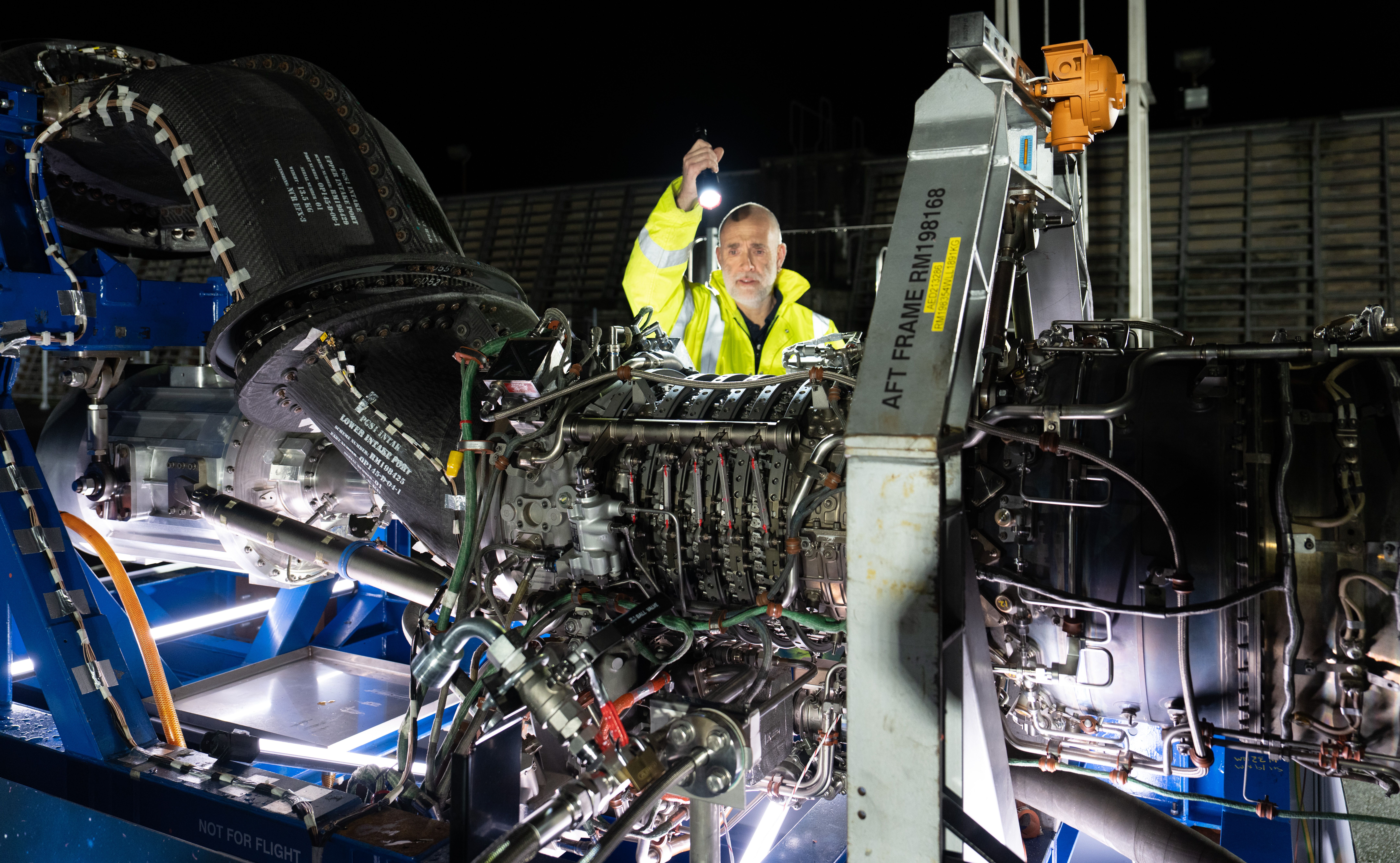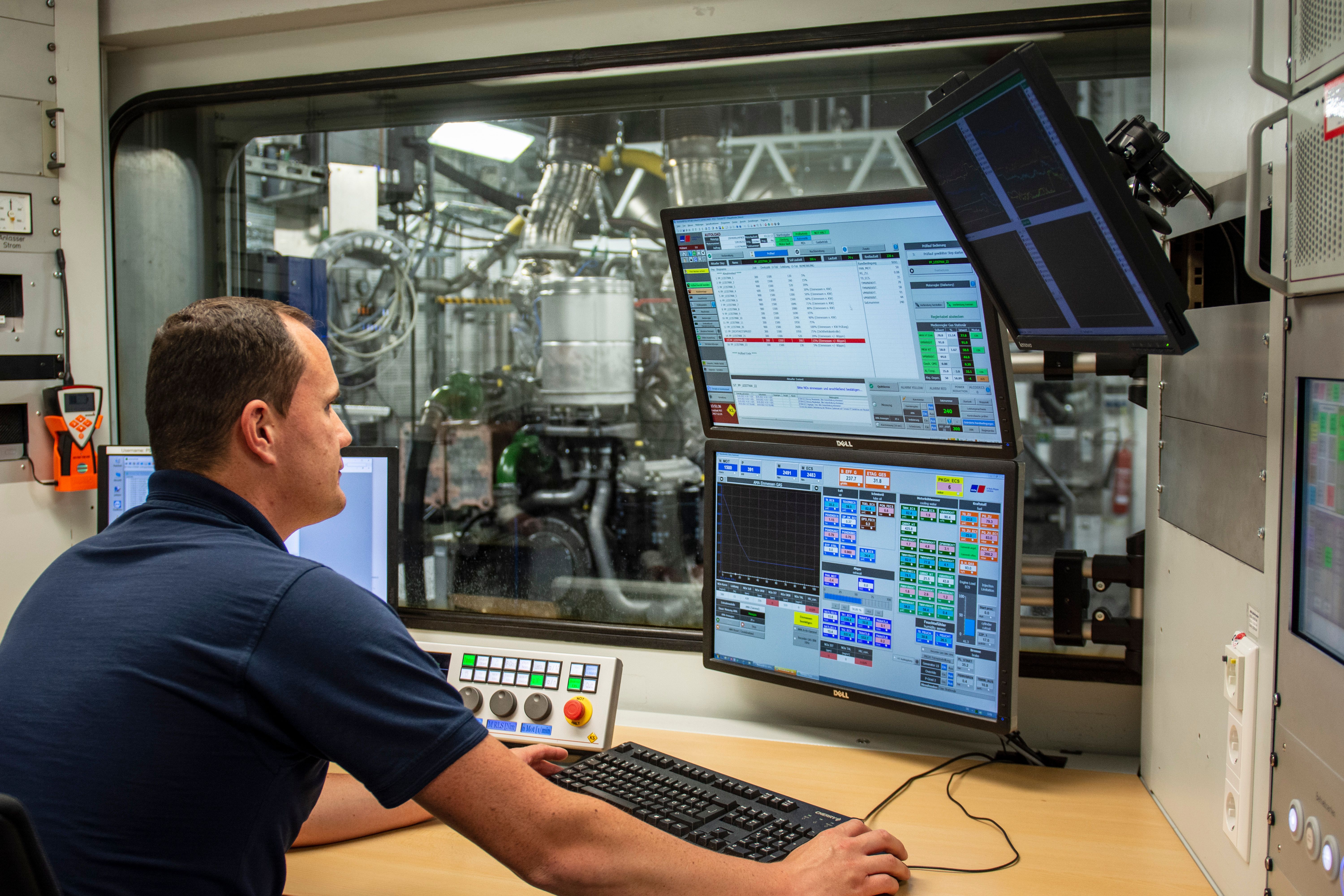Aircraft maintenance engineers play a vital role in keeping aircraft flying. Since airlines must keep their planes in the sky to generate money, Maintenance, Repair, and Overhaul (MRO) services must work around the clock to support this mission. Most aviation maintenance sites operate three shifts in a 24-hour period.
Maintenance engineers do everything from work scheduling to inspections, repairs, and regulatory documentation. In addition to their qualifications, they must also be licensed (based on the jurisdiction) and scoped (on the aircraft type) to perform maintenance work.
Operators rely on maintenance engineers for critical diagnosis, accurate analysis, and serviceability of aviation components. They work tirelessly both on the ground and behind closed doors (maintenance hangers) to fulfill customer demands. This article explores five essential ways in which maintenance engineers ensure operators keep their fleets active.
1 Preventive maintenance inspections
Regulatory authorities such as the Federal Aviation Administration (FAA) and the European Union Aviation Safety Agency (EASA) require airlines to comply with preventative maintenance of critical parts. Aircraft must maintain an airworthiness certificate to be able to operate. Maintenance engineers conduct routine inspections of critical parts to ensure they function within acceptable limits. A component or a complete system goes through the maintenance process at the indication of a defect.
Photo: Vladimir Tretyakov/Shutterstock
During maintenance checks, specific work scopes are defined for each system to avoid over-inspection and maintenance. For example, pre-flight checks are put in place for aircraft tires to determine the wear rather than changing them every so often. Irrespective of the tires’ age, acceptable wear limits are determined during periodic checks. In addition to the airframe components, aircraft engines are also routinely inspected for indications of defects. The only exception is the life-limited parts (LLPs) that are critical to safe operations.
2 Appropriate scope of maintenance
Maintenance engineers gather essential information from the incoming inspection of the aircraft to determine the appropriate maintenance work scope. Varying operating conditions result in extensive wear on various aircraft parts, including engines. Apart from routine maintenance visits, an aircraft may come in due to foreign object debris (FOD) damage, including bird strikes or oil or hydraulic fluid leaks.
Photo: Stoyan Yotov/Shutterstock
Depending on the inspection results, maintenance engineers follow the OEM and MRO recommendations for maintenance. Notably, the extent of wear or damage effectively determines the scope of maintenance. They work closely with the customer service and the internal programs team to assess customer needs. They consult the internal quality assurance team to determine the best ways to fulfill each customer’s needs. The maintenance work scope is designed to perform critical maintenance tasks.
3 Authorized repairs
Maintenance engineers ensure that aircraft components are either repaired or replaced. Only repairs authorized by the OEM (in compliance with aviation regulations) are performed on parts and components. In the case of outsourcing, aviation components must be sent to certified vendors whose processes are approved by local regulatory authorities. Similarly, replacement parts must not be knock-off but certified with proper and traceable documentation.
Photo: Rolls-Royce
Unauthorized parts, repairs, or processes can compromise the serviceability status of an aircraft. The disassembly of parts, their handling, and assembly must also comply with approved aviation processes. Maintenance engineers ensure that all components, including engines, are thoroughly tested and have fulfilled requirements before being certified for airworthiness.
4 Documentation and compliance
An essential part of the maintenance engineer’s job is to keep track of all engine documentation. Regulatory authorities mandate MROs to appropriately document all inspections, repairs, and deviations on the engine. From the most minor rubber packing to individual fan blades, each event is documented and recorded for as long as the component or assembly remains in service. All parts must be traceable from their manufacturing origin (including the raw material origin) all the way until the end of life.
Photo: Emirates
Maintenance personnel use specialized tags at each stage of the process, indicating the current serviceability status of the part. All tags must also have the information (usually a unique identification number) of the individual servicing the part. Some critical components also receive specialized engravings at the end of each repair to assist in the traceability of repairs. The MROs transmit essential serviceability information to the operators as part of compliance with aviation regulations.
MROs undergo internal and external audits at regular intervals. The country’s regulatory authorities conduct external audits of the facility and maintenance processes every 1 to 2 years. Notably, customers (including lessors) may also request a facility audit before or during the maintenance of their products.
5 Continuous monitoring of critical parameters
It goes without mentioning that engines are some of the most essential components of an aircraft. Moreover, it is also among the primary sources of wear during operation. Maintenance engineers track the operational performance parameters of the engine to detect deterioration, accelerated wear, and other damage. The health and stability of an engine are diagnosed through the collection of on-wing data. The performance data is corrected for atmospheric conditions in which the engine operates. Individual data patterns are created based on the engine’s type, size, and thrust rating.
Photo: Rolls-Royce
The Exhaust Gas Temperature (EGT) is an essential health monitoring parameter for turbofan engines. It accurately indicates the state of engine wear, including material erosion and excessive deposits in the turbine section. The new engine’s EGT Margin (difference of the operating EGT to the red limit) gradually lowers as operational wear makes the engine less efficient. As a result, more fuel is injected into the engine to achieve the commanded thrust.
Engineers ensure that preventive measures are taken regularly to avoid such instances. As such, when the EGT level reaches the maximum allowable limit, the engine must be taken off the wing for performance restoration. During a performance restoration, the core components of the engine are repaired or replaced. During a complete overhaul visit, almost all engine rotating parts are repaired or replaced.
What are your thoughts on the essential tasks maintenance engineers carry out to ensure the airlines keep their fleets moving? Tell us in the comments section.








